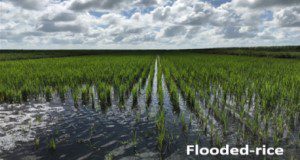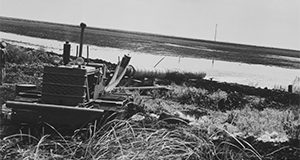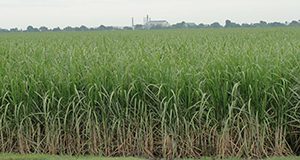Evaluating changes in soil properties associated with flooded fields during the summer months in the Everglades Agricultural Area (EAA) provides us an opportunity to assess the effect of soil management associated with flooded versus dry-fallow field conditions on Histosols. This information will be beneficial to current and potential growers farming flooded rice in south Florida, as well as Extension agents who work on rice and soil conservation agencies such as the USDA Natural Resources Conservation Service (NRCS). This new 6-page publication was written by Jehangir H. Bhadha, Jay Capasso, Abul Rabbany, Nan Xu, and Matthew VanWeelden, and published by the UF/IFAS Department of Soil and Water Sciences.
https://edis.ifas.ufl.edu/ss697
Tag: Matthew VanWeelden
Rice Physiology, Products, and Critical Steps Associated with Postharvest Operations in Southern Florida
This 5-page document pertains to the UF/IFAS Extension programs related to rice production in the EAA and focuses on the steps that comprise postharvest processing of rice (drying, tempering, milling, and storage). It aims to highlight the physiology of the rice kernel and define some of the common terms used in the rice industry, elaborate on the steps in postharvest processing, and provide a brief overview of rice products and their market potential. Written by Jehangir H. Bhadha, Sangeeta Mukhopadhyay, Charlene Andrews, and Matthew VanWeelden, and published by the UF/IFAS Agronomy Department, September 2019.
http://edis.ifas.ufl.edu/ag438
Florida Crop/Pest Profile: Sugarcane
Sugarcane (Saccharum interspecific hybrids) is the main source of sugar in the world. It is grown in more than 90 countries in tropical and subtropical regions. Cultivation techniques and production challenges vary by location (Rott 2017; Rott 2018). This 19-page document discusses characteristics of the sugarcane crop and pests affecting its production in Florida, which is the largest producer of sugarcane in the United States. Written by P. Rott, D. C. Odero, J. M. Beuzelin, R. N. Raid, M. VanWeelden, S. Swanson, and M. Mossler, and published by the UF/IFAS Agronomy Department, revised May 2018.
http://edis.ifas.ufl.edu/pi207


